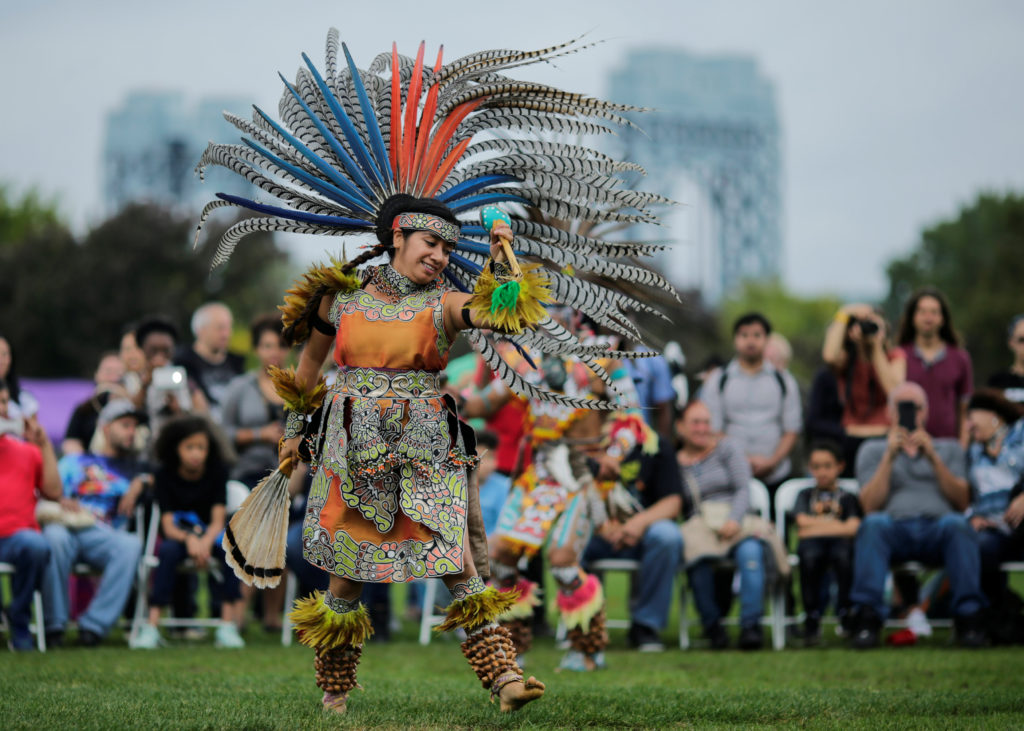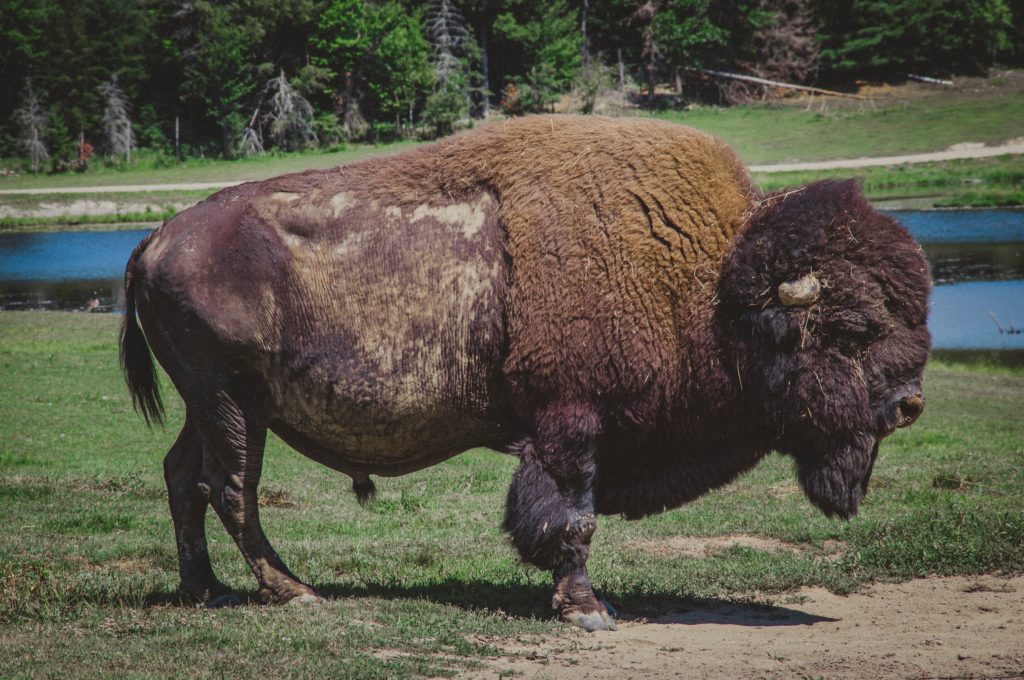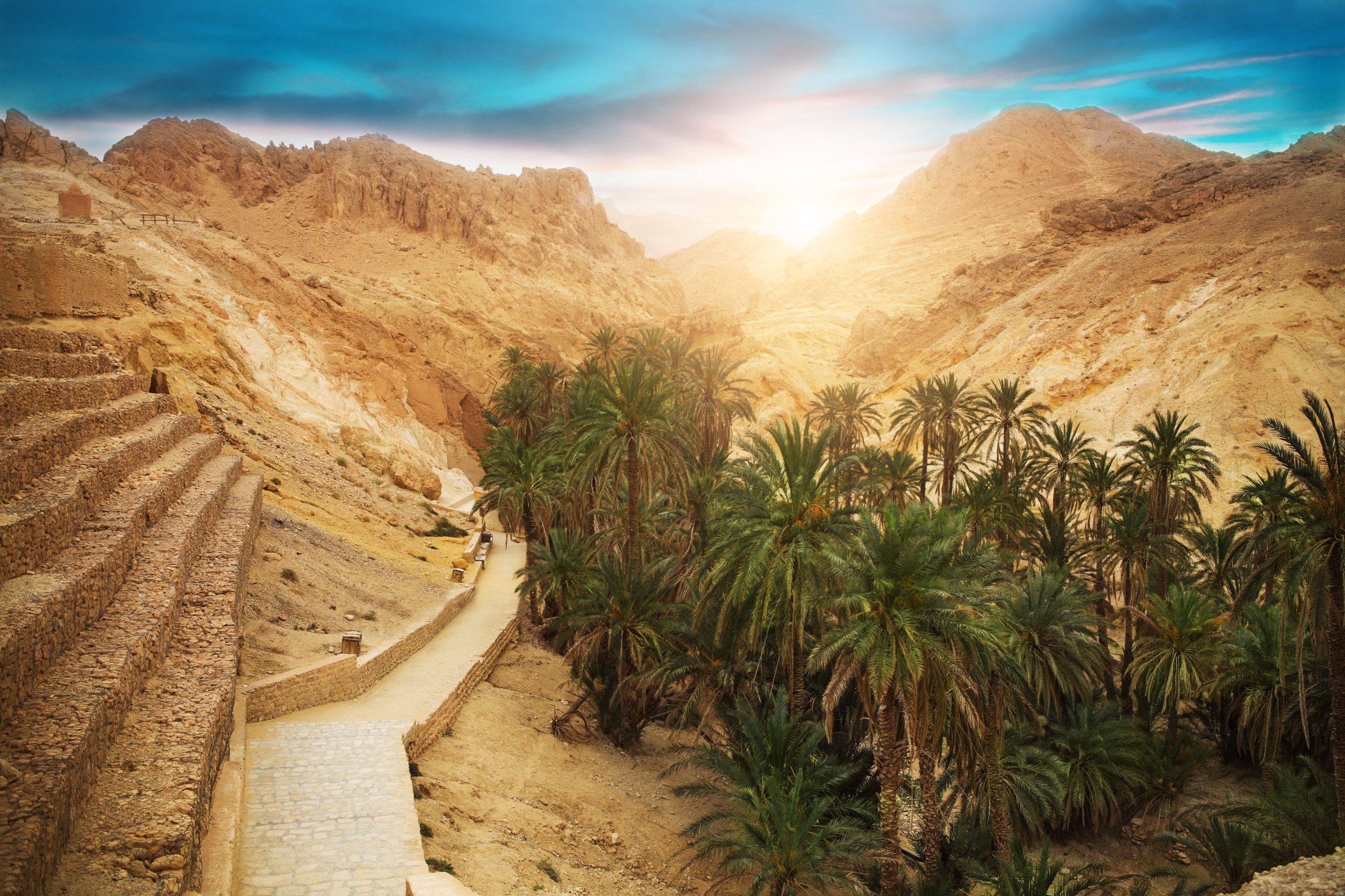Native Americans have been the stewards of land conservation for millenniums. Today on Indigenous Peoples’ Day, we celebrate them.
Indigenous Peoples’ Day is here! Today is a day to pause and honor the rich history of native groups that have called the present-day land of America home for millenniums before European colonizers. How long exactly is currently up for debate. Historically, it was believed that the Americas have been lived on for the past 13,000 years, after the retreat of massive path-blocking glaciers, but recently that time frame has been shattered. With the discovery of a 23,000 year old footprint in White Sand National Park, scientists are now at a new dawn of archaeology. To celebrate the important history of Native Americans, we present three groups and the practices they established to utilize and honor the natural systems that sustained them.
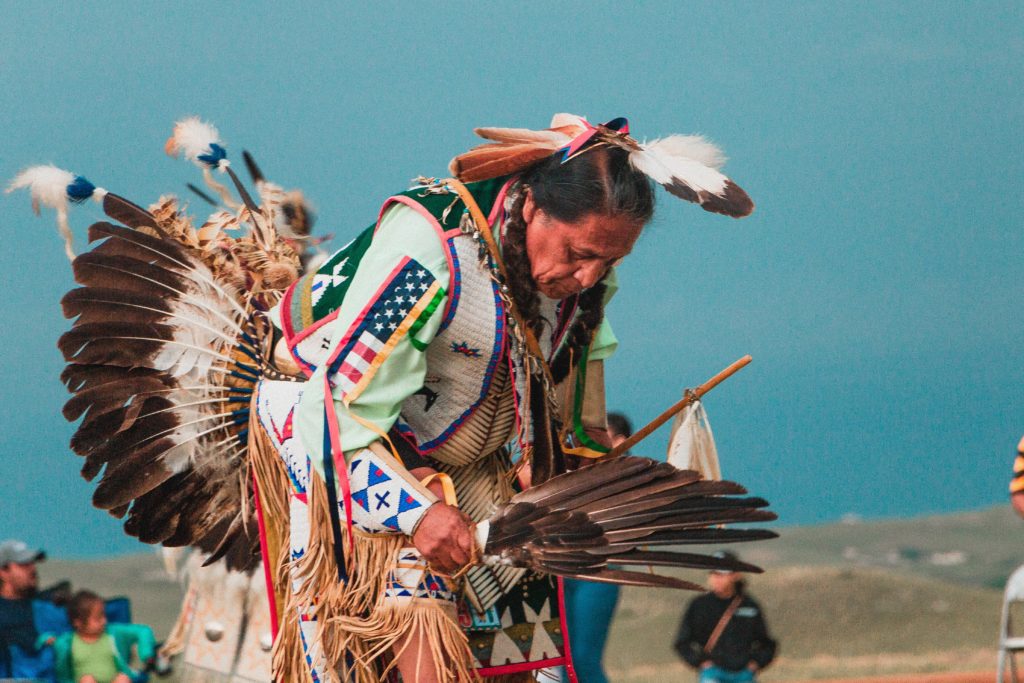
Reclaiming and Renaming Columbus Day
Interestingly, Columbus Day itself was founded due to discrimination. In the early to mid-19th century, Italian immigrants became more and more prominent in the United States of America. With that, came a wave of Catholic culture and groups. These groups were met with much adversity by the protestant groups that settled in America before them. Longing for relief and acceptance, Italian immigrants began to cling to the legacy of Christopher Columbus – a figure who was not widely known at the time. Books padded the story of Columbus’ arrival and glorified his character. And in 1906, Colorado was the first state to officially recognize Columbus Day.
Origins of Indigenous Peoples’ Day
Pushed for decades informally, but first recognized by the state of South Dakota in 1989, “Native American Day” became a much better counter to the previous glorification of Columbus. In 1992, marking the 500th anniversary of Columbus’ first voyage, American Indians in Berkeley, California, organized the first “Indigenous Peoples’ Day”. Now, Indigenous Peoples’ Day has replaced Columbus Day in many states, and acts as a national holiday to celebrate those native cultures and pay respect to the history of indigenous America.
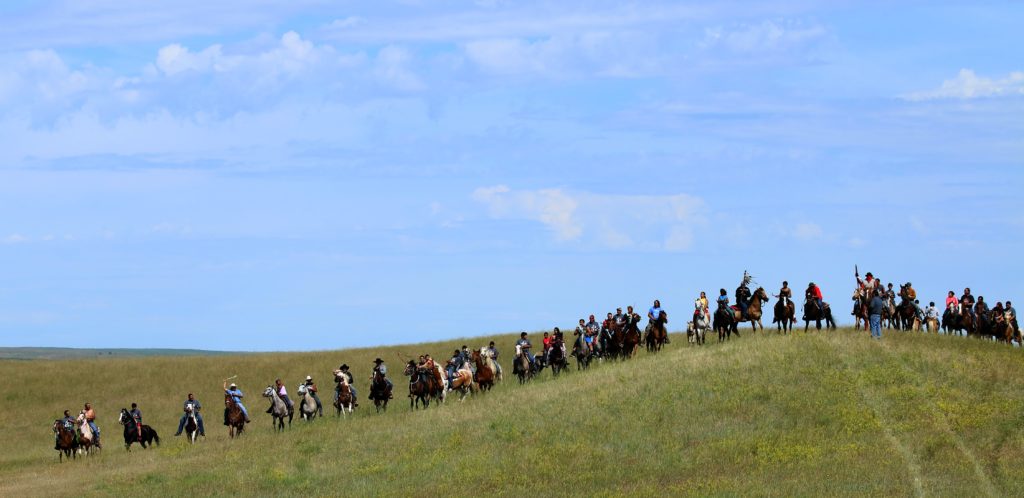
Three Indigenous Groups and their Sustainable Practices
Nomadic Grazing in the Great Plains
What comes to mind when you think of the American Great Plains? Grand? Majestic? Rich-beyond-belief? No, it’s probably the thought of a vast corn field, or maybe a long flat stretch of land with a few cows and a windmill. The Great Plains weren’t always like this. In fact, when first observed by European settlers, most were in disbelief at the beauty and biodiversity of the land. Now, it’s a different story. The Great Plains aren’t appreciated as majestic or rich, because colonizers have changed the landscape with homogenized farming.
Years ago, the land was inhabited by a list of native groups, some of which include the Cheyenne, Pawnee, and Blackfoot tribes. Most of these groups were nomadic or semi-nomadic. Instead of settling and working land permanently, they often followed herds and pleasant weather. Following herds allowed previously grazed land an opportunity to recover and regrow, while providing the herds and humans a survey of fresh wild plant growth. Also, in following agreeable weather, these groups were able to escape harsh conditions like drought, flooding, or early freezes, all problems that modern farmers loathe.
Native people used the Great Plains in the way they naturally evolved to be used. And contrary to what we may believe today, the land should not be closed up, locked down, and homogenized. Today, regenerative ranching techniques are being studied and practiced, and they all are based around the natural, native way the land used to produce. As this change occurs, attention needs to be paid, not only to the practices and techniques, but to the tribes themselves that originated. Tribal tourism is an excellent way to bring much needed funding to the tribes that still work in the Great Plains, and with any luck, our nation’s majestic center may one day return to it’s natural, extra-productive beauty.
Preserved Beauty in Sierra Nevada
Starting in the middle of the 19th century, some of America’s most beautiful regions were swarmed with entrepreneurs dead-set on taking their “fair share” of the natural bounty of the gold rush. Rivers were filled, mountains were blasted, and violence invaded a once serene place.
Before the area became a magnet, many native tribes lived in the area. Among them, the Maidu Tribe was a prominent group in the area around Lassen Volcanic National Park. They traveled in the summer, existing in temporary teepees and hunting big game, and stayed stationary in the winter, living in pit houses and surviving off stored food. Salmon, trout, and deer were some of the main proteins in their diet. And all these could be found at a plentiful rate. It wasn’t until the influx of 49’ers, that the food supplies started to be crippled. Oak trees were cut ruthlessly, game populations were hunted to dwindling levels, and mining runoff interfered with river health. It didn’t take long before the activity in the area forced the Maidu off their land, and into the Round Valley Reservation.
After the mining boom started to die, the wildlife slowly returned. Rivers regained health, and native growth took back the once bustling operations. Conservation groups stepped in and aided regrowth of the area, and worked to rebuild some of the natural systems that sustained tribes like the Maidu. As more attention and development is brought to these mountains, discretion is needed to manage what gets heavily trafficked. For this cause, National Geographic partnered with Solimar and the Sierra Nevada Business Council to address this specific issue. An interactive website was created to point out and promote the lesser known points of interest, right next to the biggest names. In this work, an avenue was created to lift up and protect the points of natural and cultural importance in the area.
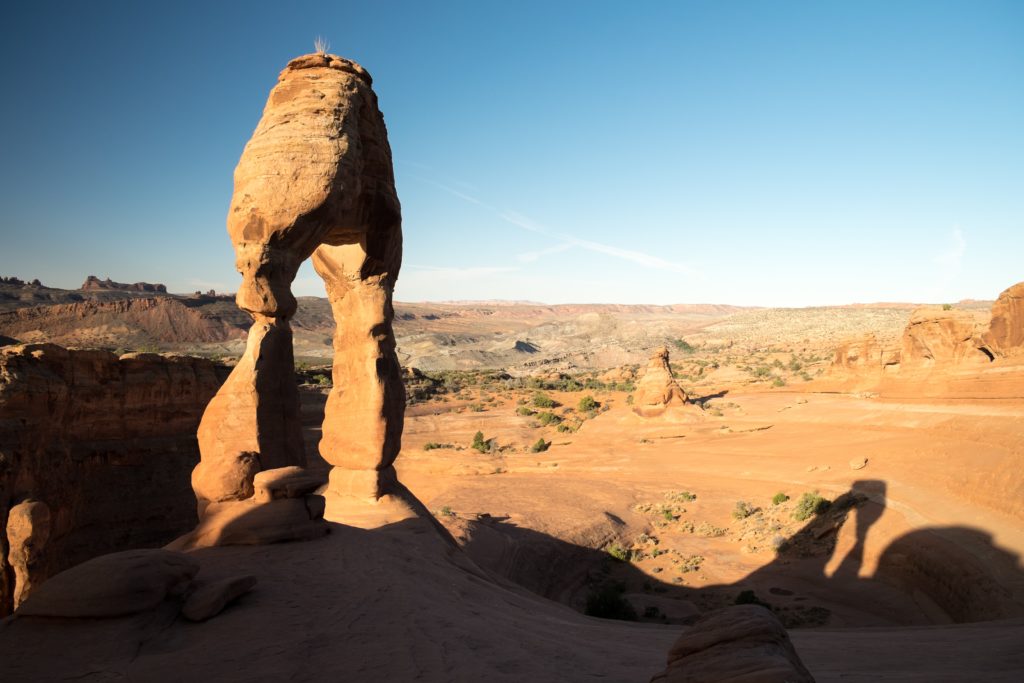
Thriving in the Southwest United States
In the south western region of the United States, water is a scarcity. Just ask any city planner in Las Vegas or Phoenix, and they’ll start to describe the logistical problems with trying to supply potable water to millions of people in America’s driest states. So you can only imagine how much harder it was before the modern marvels of today’s reservoir and transportation systems. Much like the perception of the Great Plains mentioned above, this is a bit of a fallacy. To get a look at “easy living” in the sunbelt, we need to take a look, once again, at the indigenous groups from the area.
Tribes like the Ute, Hopi, and the Navajo Nation thrived in the area around the present Four Corners Monument. As one can assume when looking at abandoned mass-dwellings like those of Mesa Verde National Park, large civilizations were logistically challenging in this area. As the climate became more and more arid, tribes opted for smaller, better placed communities. Labeled by Spanish explorers as “pueblitos,” small villages dominated the area. These villages were chosen with a keen eye to water supply, tactical placement, and proximity to resources. Thousands of acres of surveyed land were passed up and left by native groups seeking settlement points, and only the best areas were chosen. With these smaller, spread out groups, life was easier to sustain in harsh conditions. Water supplies were less likely to be depleted, and food was better distributed among the land.
Much like the work in Sierra Nevada, another Mapguide was established for the Four Corners region. With this work, more money can be brought to smaller communities and attractions that stand outside of the huge pulls like Moab and the Grand Canyon. So when looking at the issues of huge desert urban areas, the idea of a network of smaller communities looks a whole lot more sustainable and attractive.
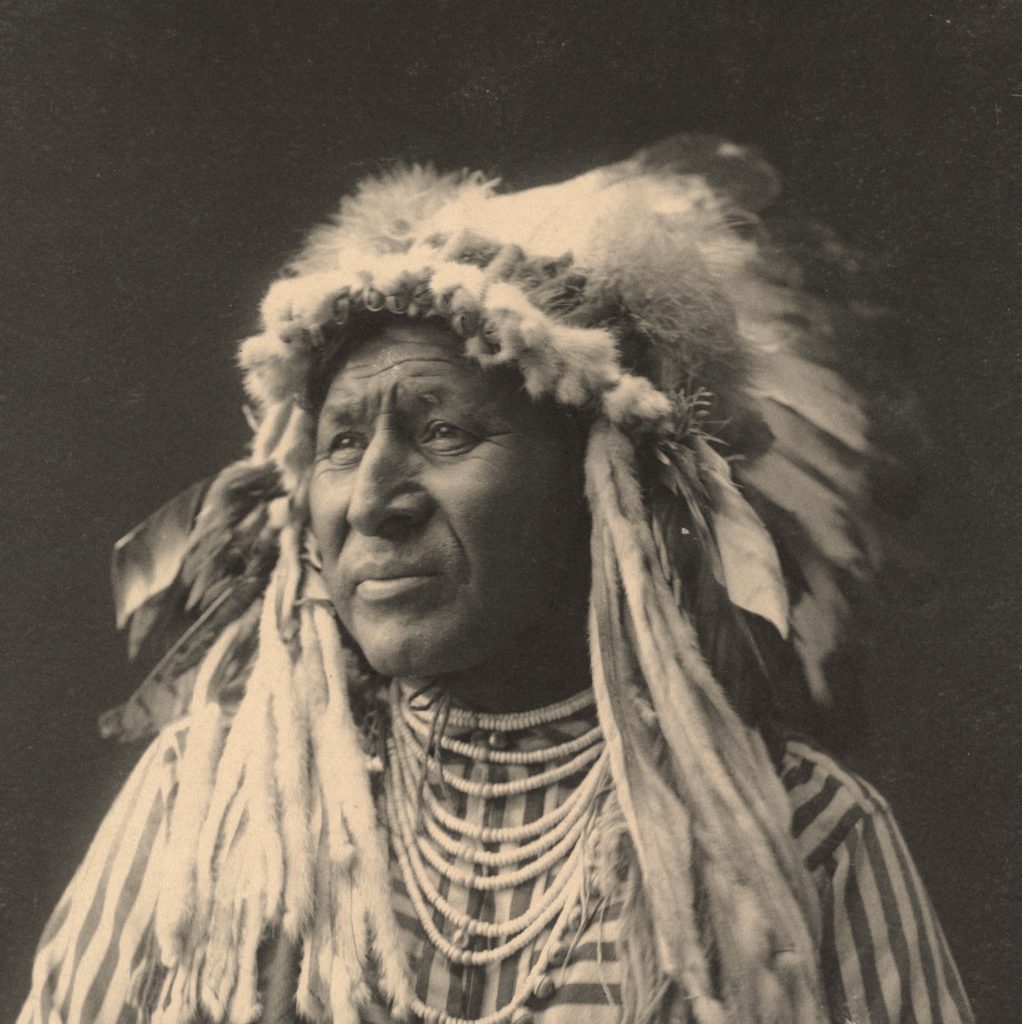
On Indigenous Peoples’ Day, we honor this land’s first inhabitants and the Tribal Nations that continue to thrive today. Solimar urges all to consider and honor the many Indigenous communities and cultures that make up this country, both today and every day.
Check out our Lewis and Clark National Historic Trail project to learn how Solimar has worked with Native American tribes across the United States.
